Jan van Eyck (Maaseyck (?), ca. 1390 – Bruges, 1441) was an outstanding Flemish painter of the early 15th century who inspired European artists, paved the way for others and formed the Flemish School.
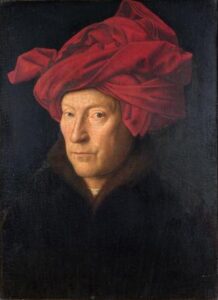 Portrait of a Man in a Turban (Probable self-portrait) , 1433
Portrait of a Man in a Turban (Probable self-portrait) , 1433
Jan van Eyck was one of the most important representatives of Flemish painting. His works fascinate for their artistic quality but also for their incredible technical skill.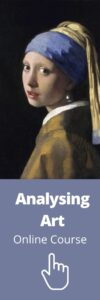
Meticulous detail is one of the most striking features of the artist’s paintings.
The aesthetic innovation
The artist is considered to be the most famous of the so-called early Flemish artists.
He was highly innovative in both portraits and landscapes. He introduced new elements into religious painting and paid special attention to perspective.
He was one of the founding artists of the Flemish School, innovating in the naturalistic representation of landscapes, expressions, textures and details.
The detail of his works is such that many experts argue that some of his paintings were created with the aid of a magnifying glass.
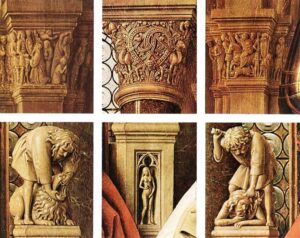
The Madonna of Canon van der Paele (detail), 1436
But how did the artist manage to achieve such precision and detail?
Undoubtedly through his artistic excellence. But also because Jan van Eyck was, according to Giorgio Vasari, the inventor of one of the most important artistic techniques: oil painting.
The technical innovation
Jan van Eyck is often referred to as the inventor of oil painting. It may or may not be true.
It is true that the painter’s use of this technique is undoubtedly fascinating. The oil allowed the artists to reproduce shifters and glitters and, through finer brushes, to pay attention to the smallest details.
In the following painting, of small dimension (31 x 14 cm) this characteristic is visible.
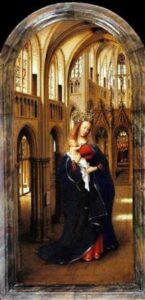 Virgin in Church, Date:1437 – 1439 (31×14 cm)
Virgin in Church, Date:1437 – 1439 (31×14 cm)
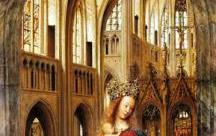
Or in this painting
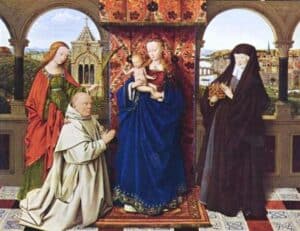 Virgin and child with saints and doner, 1441
Virgin and child with saints and doner, 1441
In fact, Jan van Eyck accidentally discovered that oils were suitable binders for pigments, and that linseed and walnut oils produced a quick-drying varnish that gave the surface a more lustrous appearance.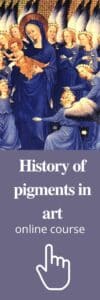
The oil technique had already been used before Jan van Eyck, but he was responsible for important innovations in the technique that allowed the paint to dry more slowly, allowing for more careful detailing and a lustrous final effect.
The extraordinary detail and minuteness of the smallest details that we find in van Eyck’s works would not have been possible without this invention, which was an enormous advance in painting technique.
The iconography as a study area
In 1935 Erwin Panofsky develops the first study to deal with the subject of symbolism and iconography within works of art.
Although some of Erwin Panofsky’s ideas are currently contested or complemented by some art historians, he was undoubtedly a milestone in art analysis.
The analysis of the Marriage of the Arnolfini.
The Arnolfini Portrait, 1434
For him, what might seem like a confusing and disorganized picture, conveyed, in reality, a very clear message: it was the representation of a marriage contract.
Symbolized by the presence of different elements whose hidden symbology pointed to the sacrament of marriage (like the dog, the sandals, the marriage bed, the mirror).
The very own signature of the painter, which states that «… was here», as if the painter had witnessed an event of importance) and the meaning that these elements could assume in the context in which the masterpiece was produced.
The Arnolfini Portrait
An insight into the best known work of Jan van Eyck and some of the present symbology.
To know the work of Jan van Eyck you can visite the website here.

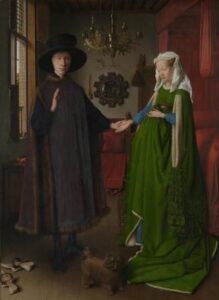

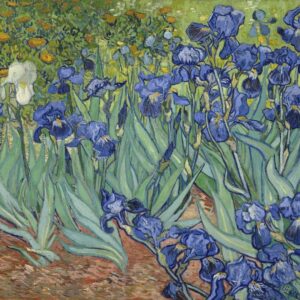

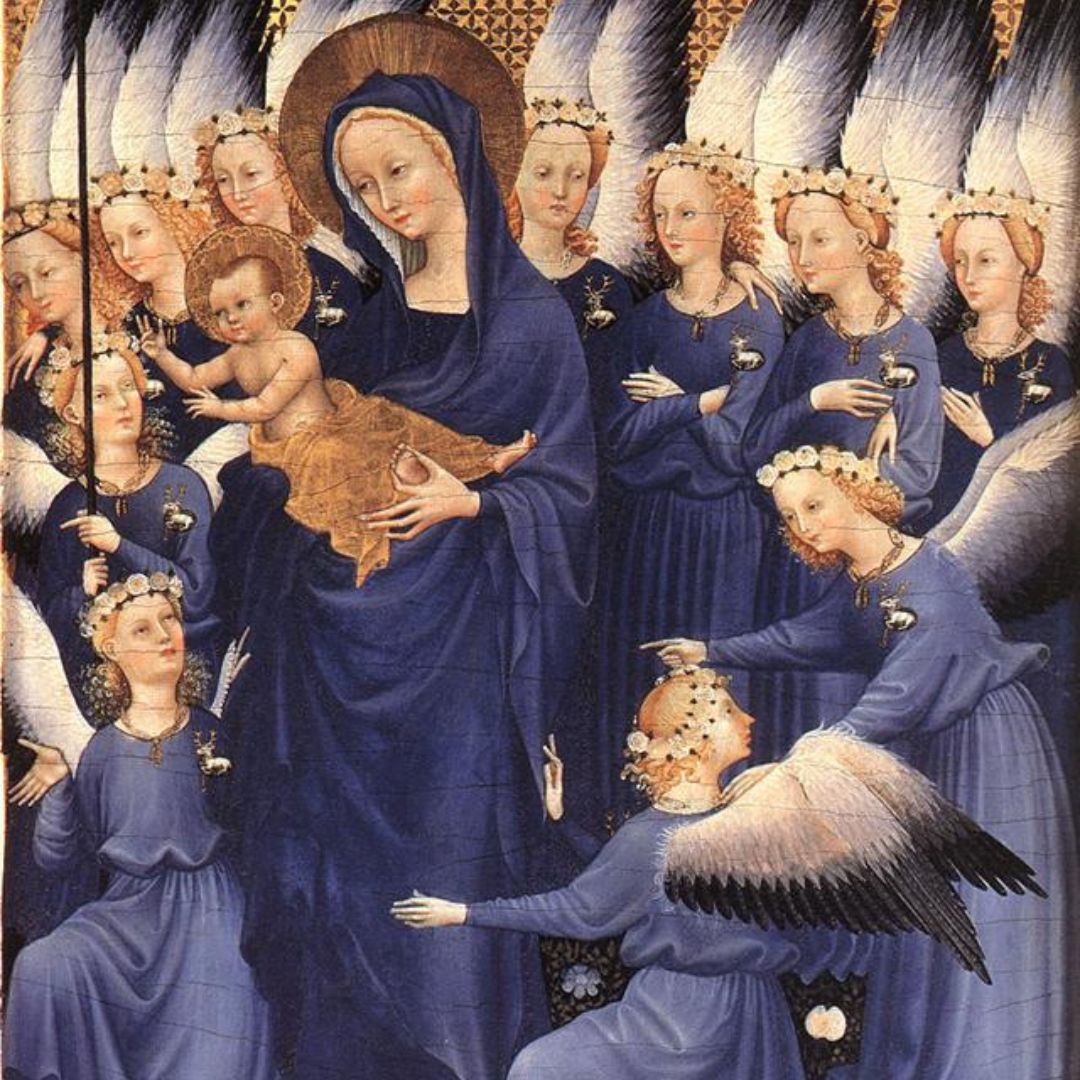
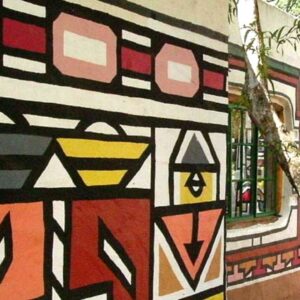
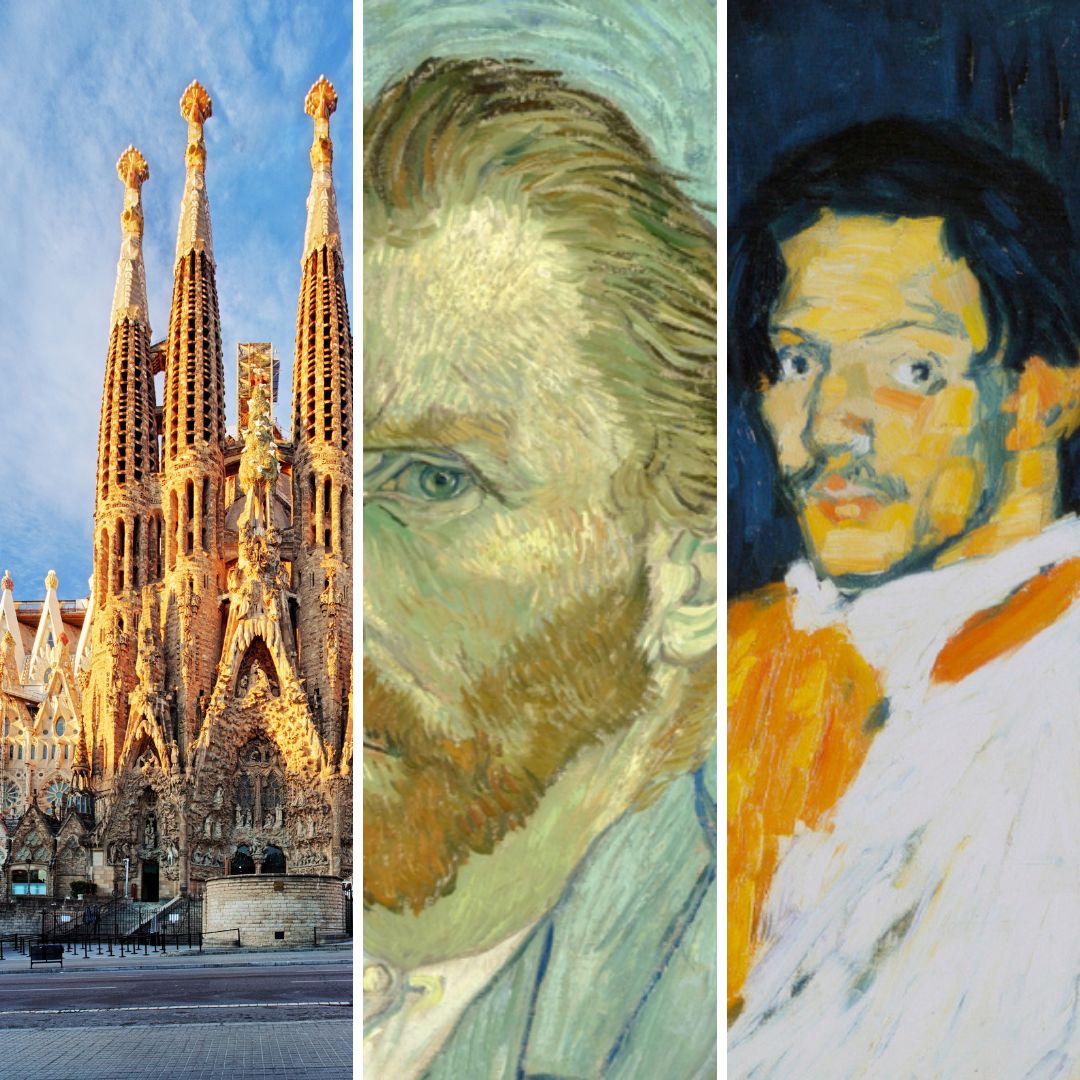
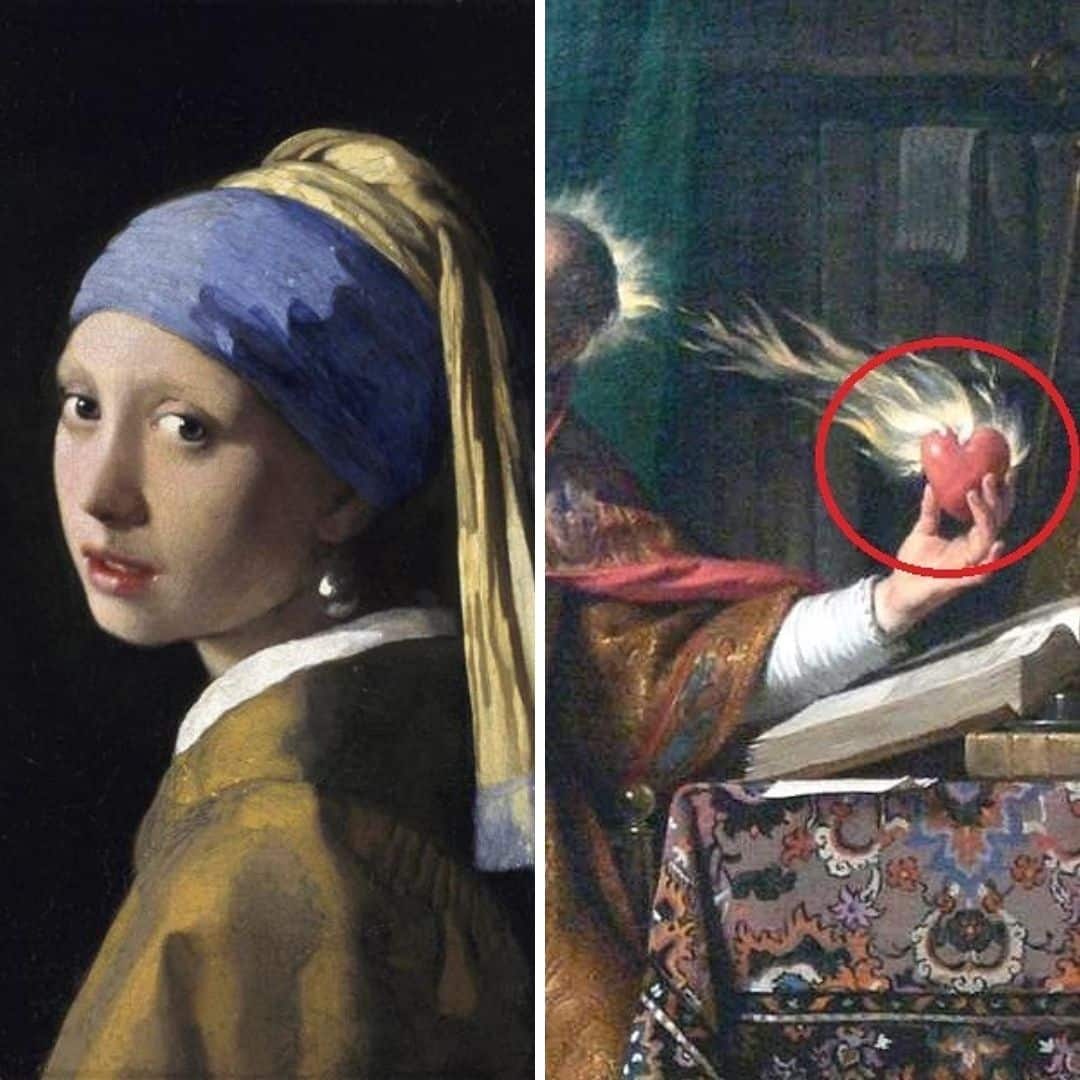


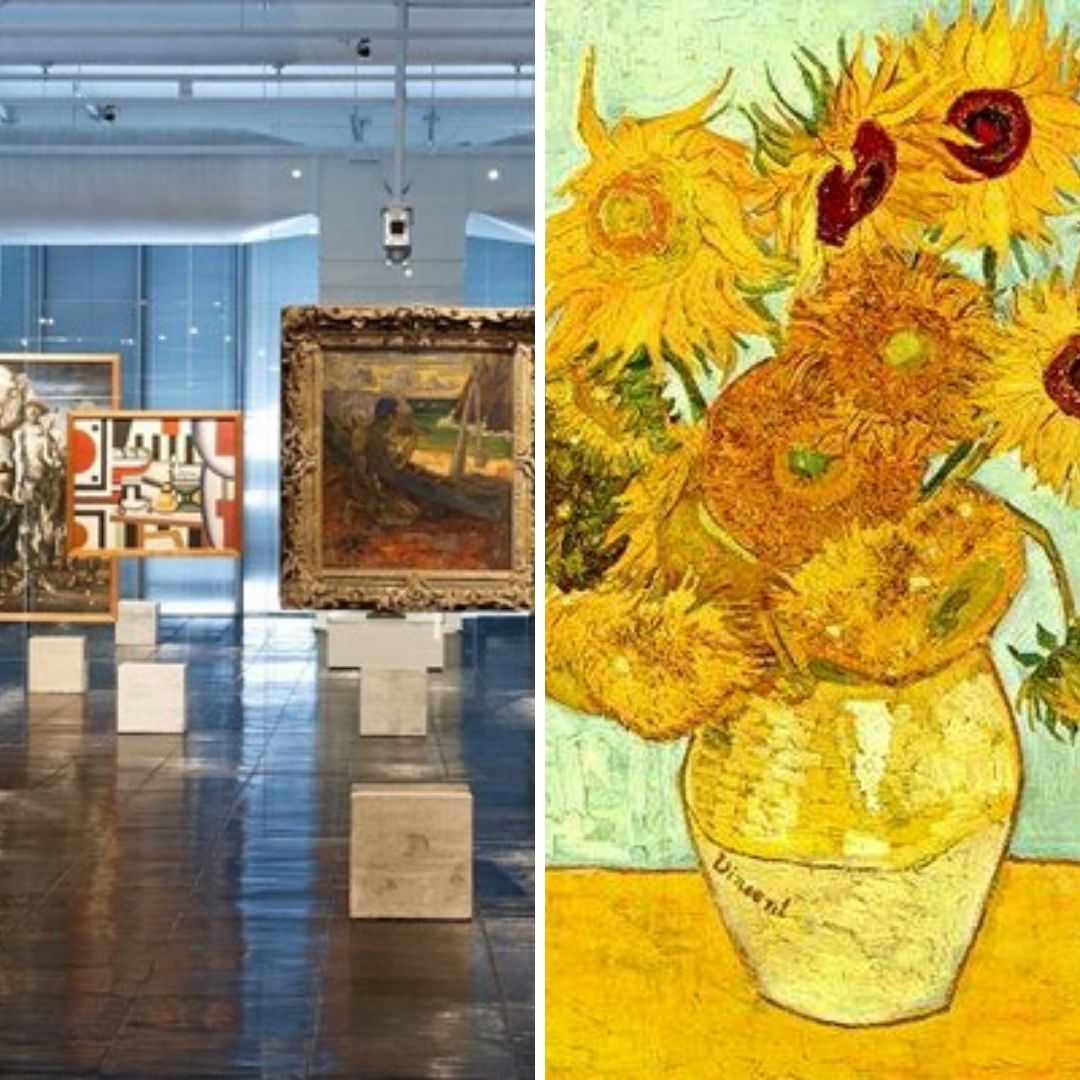

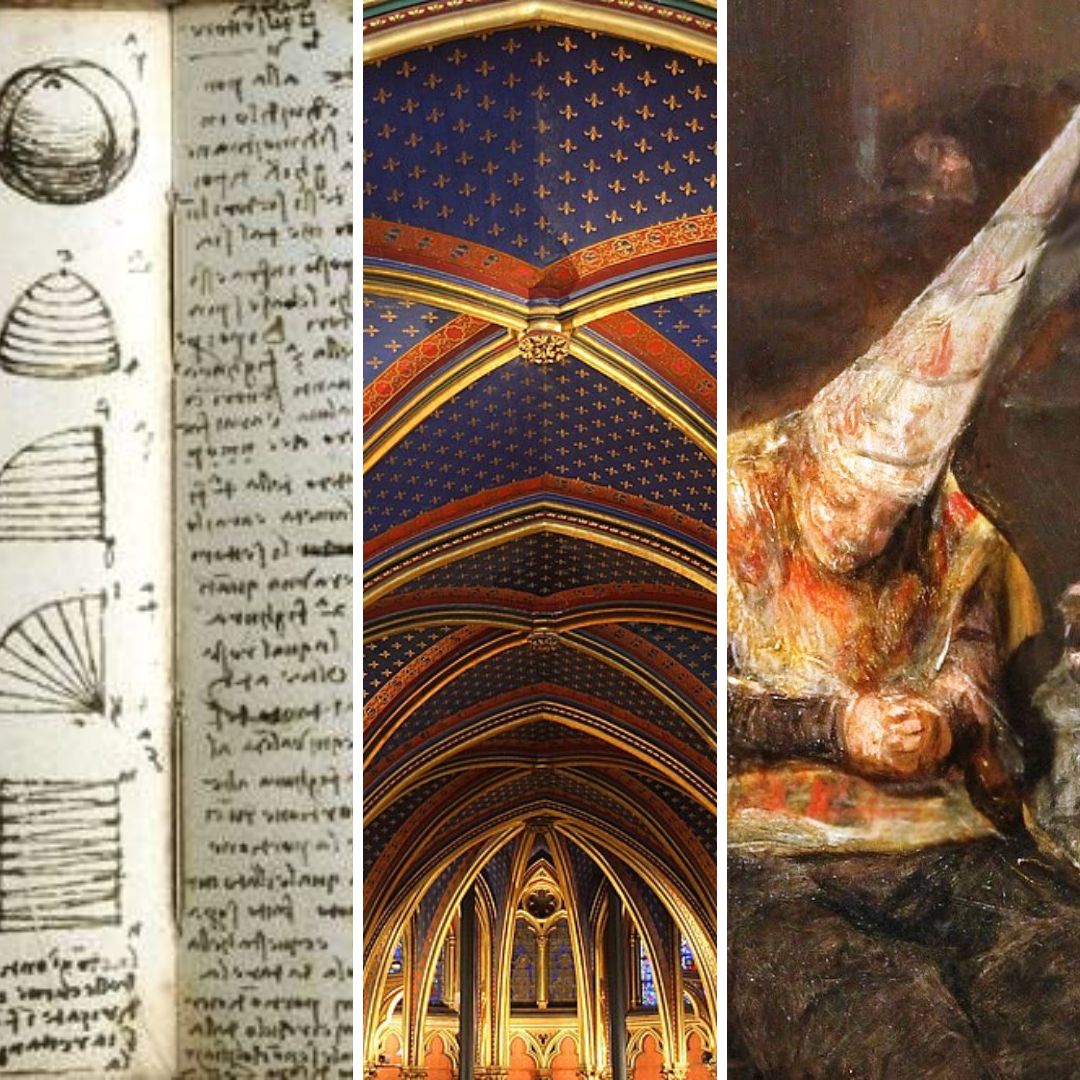

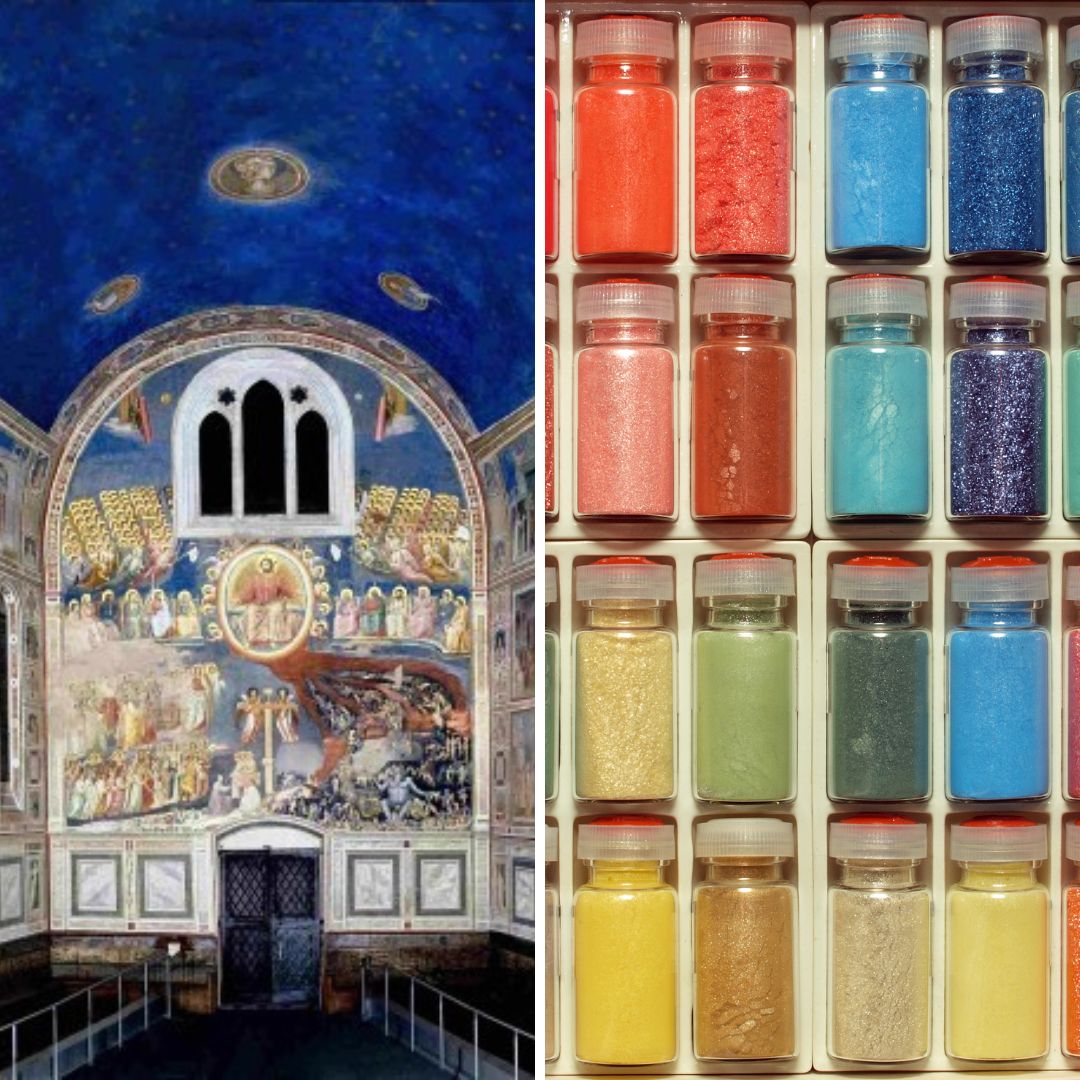



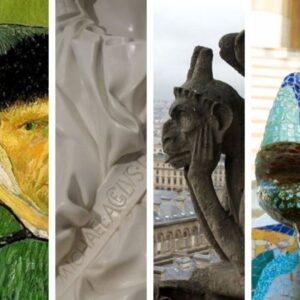
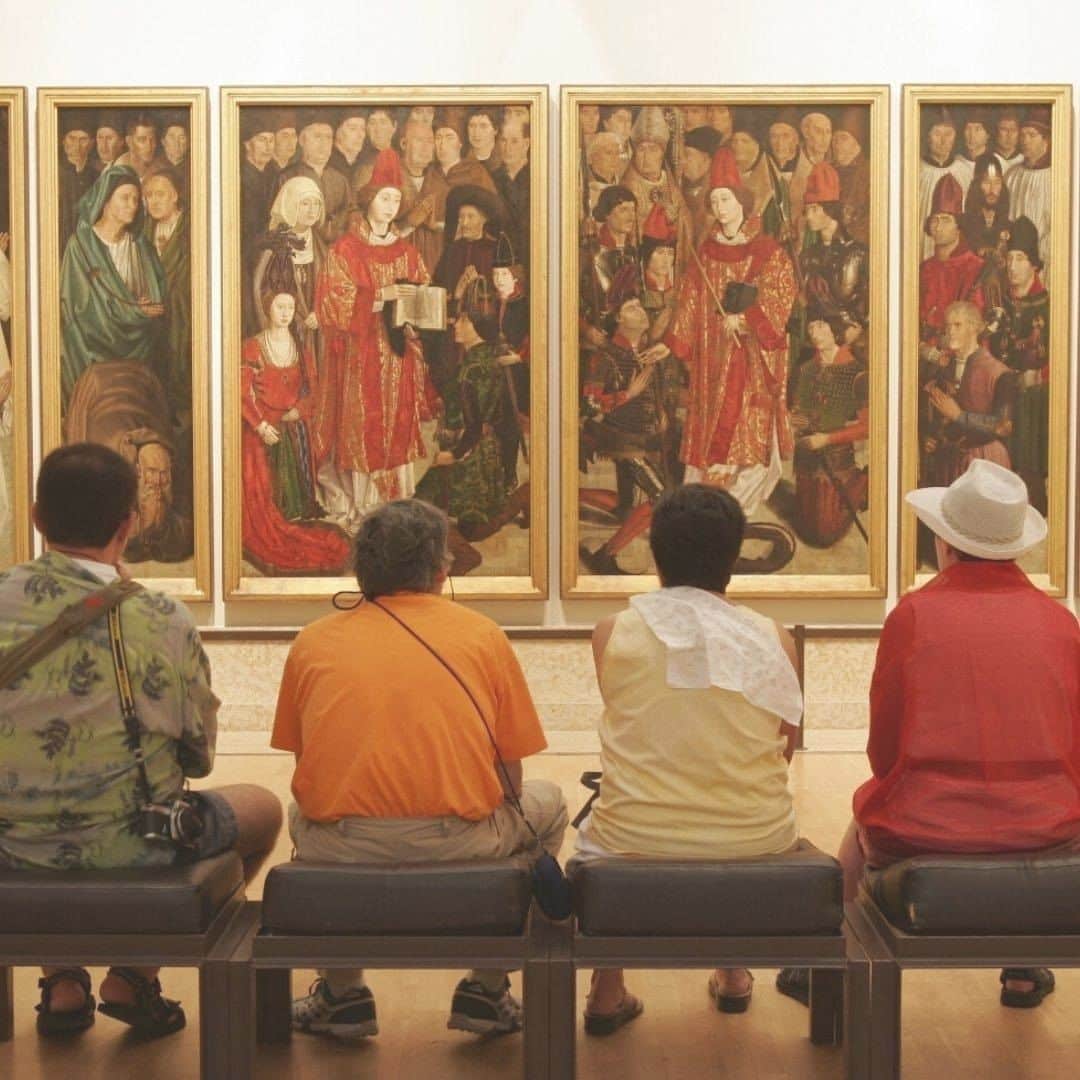
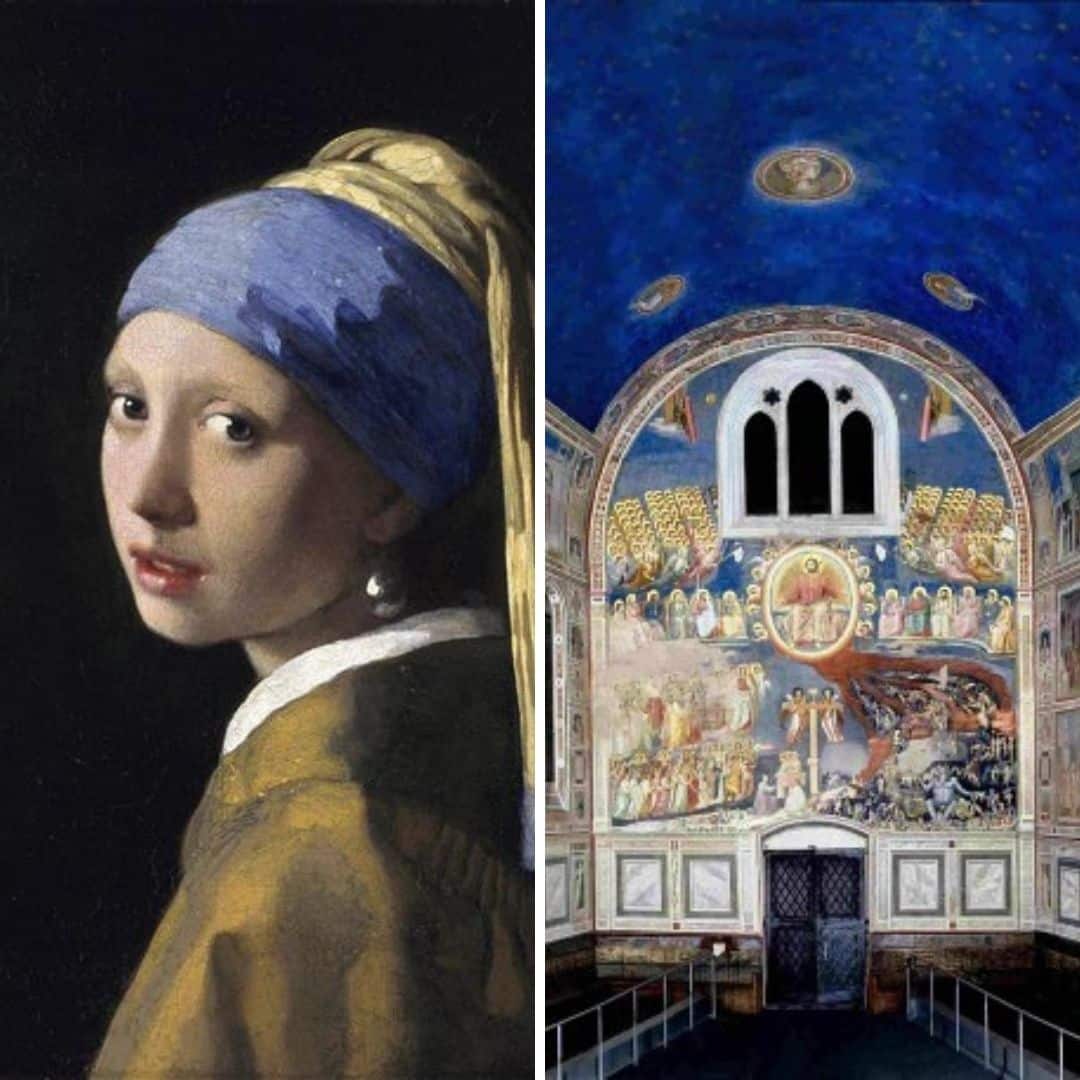
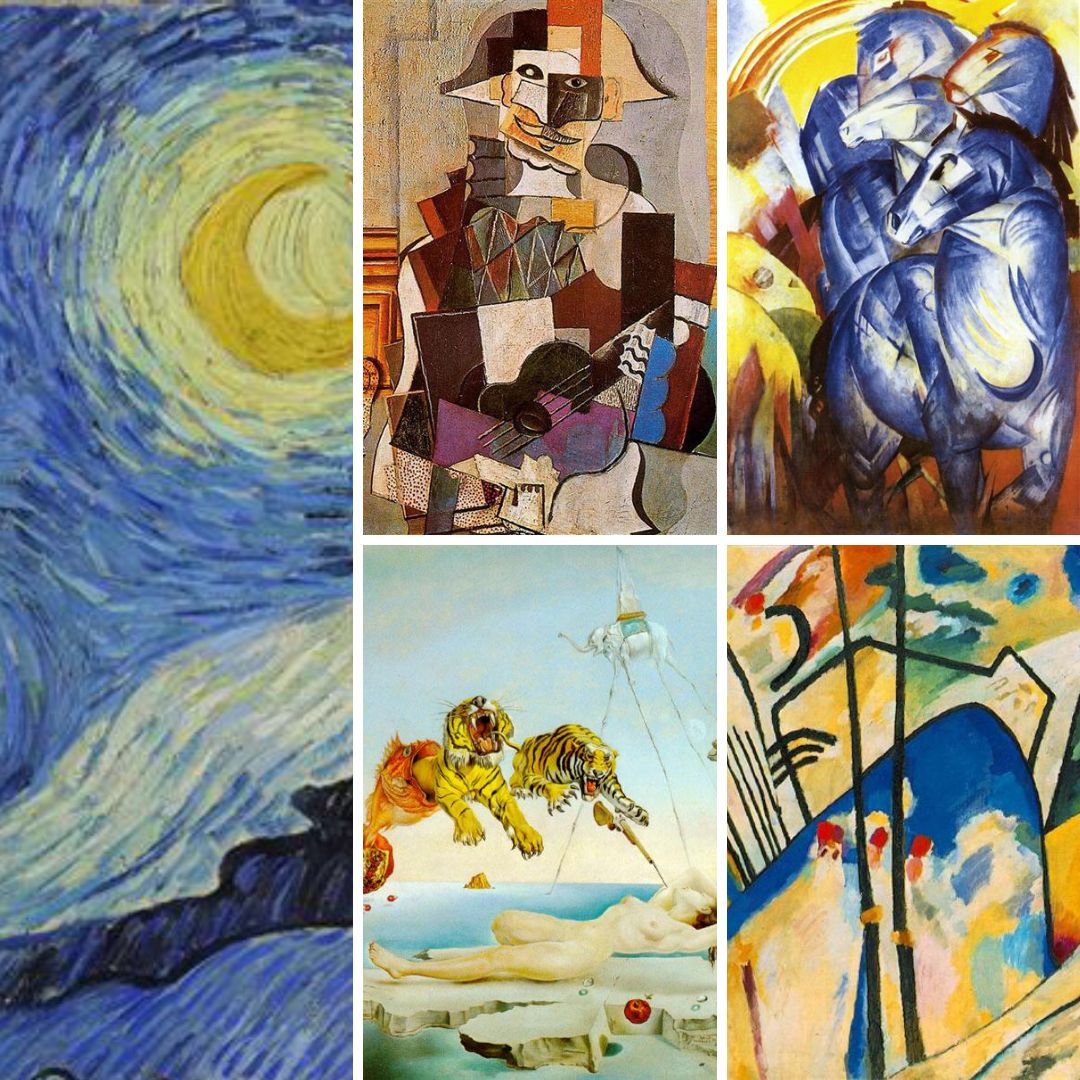




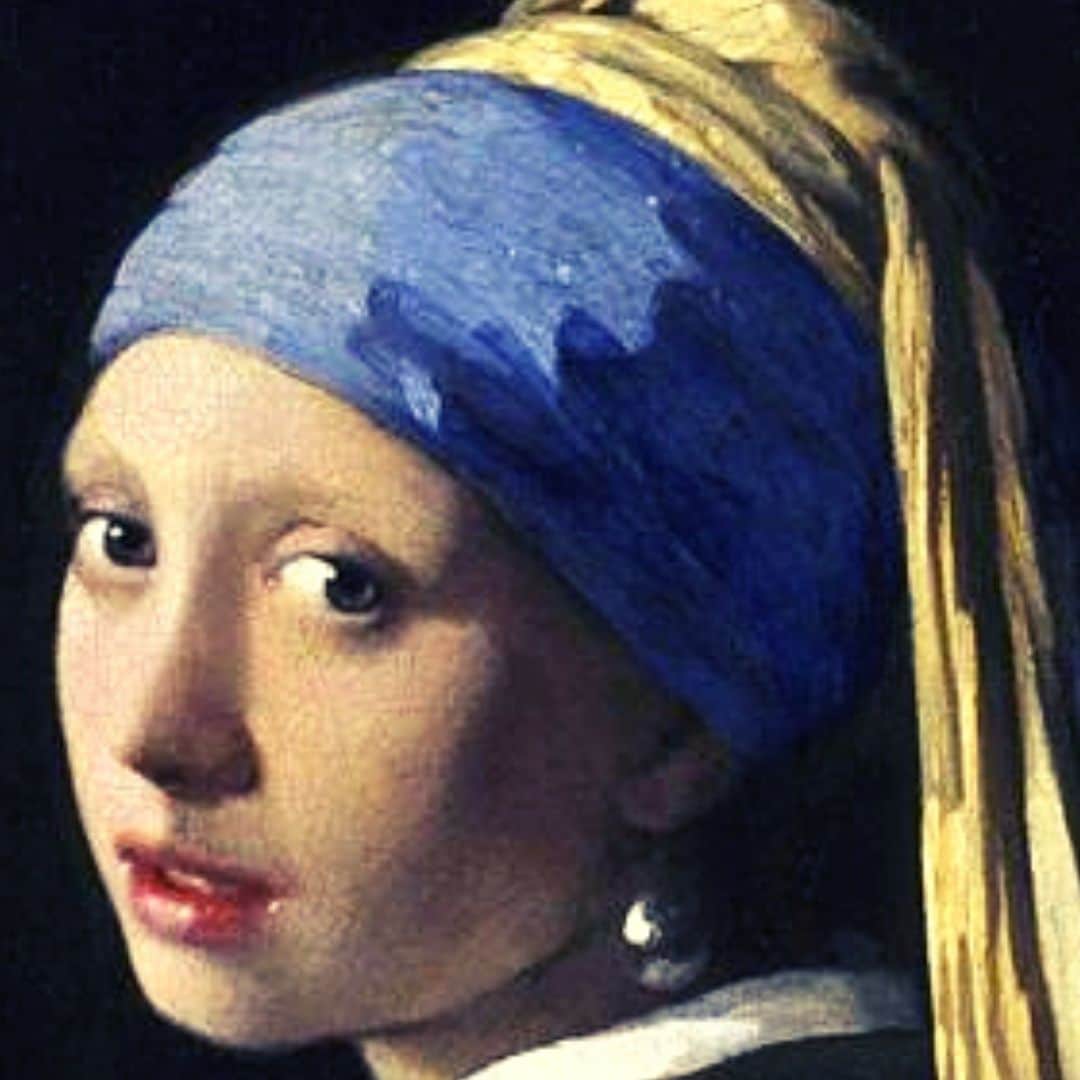


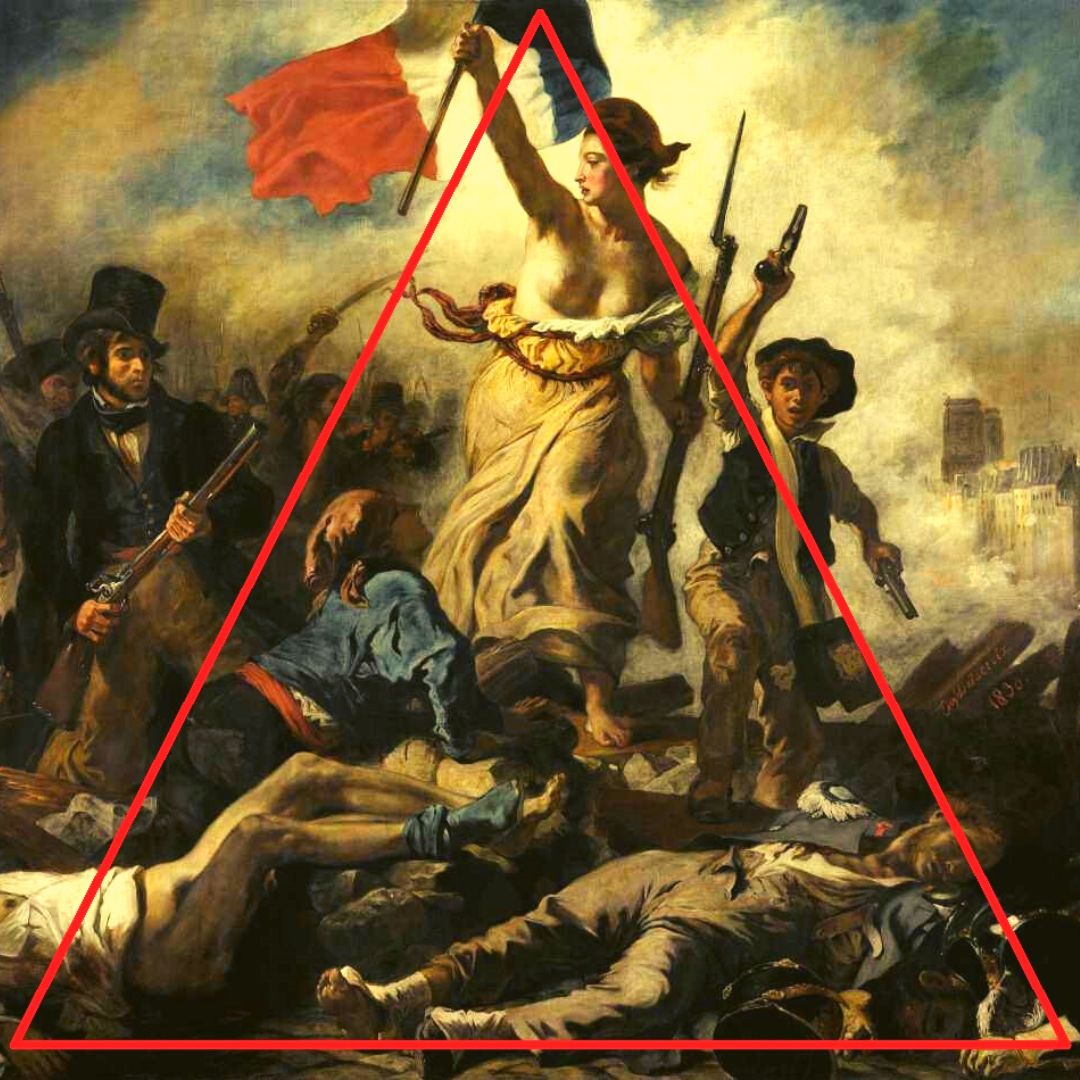
1 Comment.
[…] Jan van Eyck was one of the most important representatives of Flemish painting. His works fascinate by his artistic quality but also by the incredible technical aptitude. Minute details are one of the most striking features of the artist’s paintings. Get to know this artist and his works. […]